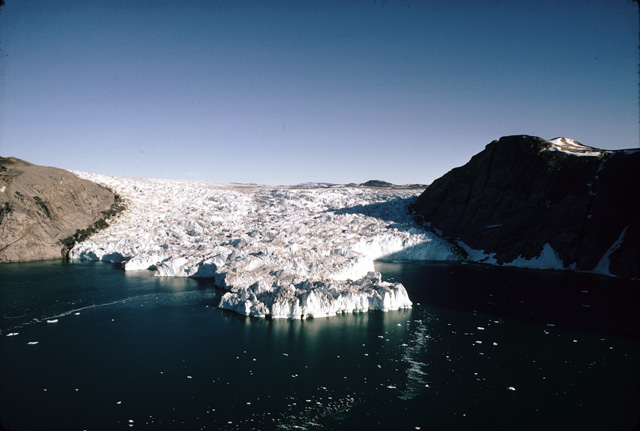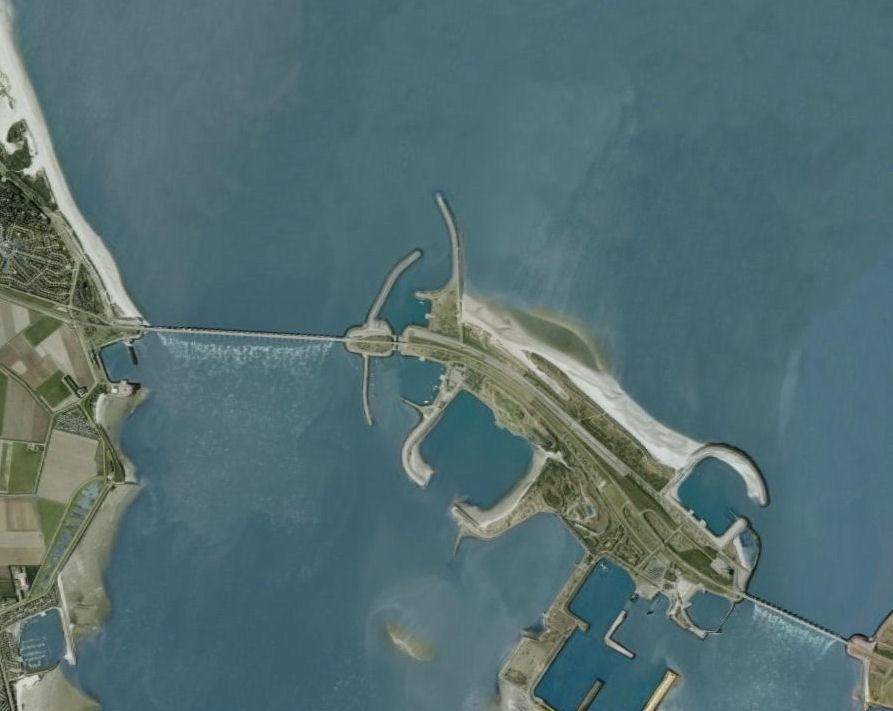Ice2sea brings together the EU’s scientific and operational expertise from 24 leading institutions across Europe and beyond. Improved projections of the contribution of ice to sea-level rise produced by this major European-funded programme will inform the fifth IPCC report (due in 2013). In 2007, the fourth Intergovernmental Panel on Climate Change (IPCC) report highlighted ice-sheets as the most significant remaining uncertainty in projections of sea-level rise. Understanding about the crucial ice-sheet effects was “too limited to assess their likelihood or provide a best estimate of an upper bound for sea-level rise”.
An introductory video describing the aims of the project is available on YouTube.
The Challenge
Fifteen EU countries have substantial coastlines. These are areas that will be most directly affected by global sea-level rise. Within these coastal regions lies tremendous value:
- Economic assets within 500 metres of the sea have an estimated value between €500 and €1,000 billion;
- 47,500 km2 of sites within 500m of the coastline are identified as having high ecological value;
- The population of the coastal regions in the EC has more than doubled to 70 million people – currently 14% of the entire EU population.
Likely consequences of future sea-level rise include increased rates of coastal erosion and accelerated destruction of natural sea defences (e.g. saltmarshes, mudflats and other wetlands). Furthermore, any given magnitude of coastal flooding will become more likely, so that human-made flood defences will be more expensive to construct and will become outdated more quickly. Developing policies to protect our coastlines and to reduce the impact on lives and livelihoods of EU citizens is therefore crucial, and demands the best projections of sea-level rise available.

Nansen Glacier, Greenland
Project Aims and Objectives
Ice2sea is a collaborative research programme involving 24 institutional partners. These partners include universities, research institutes, and commercial companies from 12 European countries, with an additional partner in Chile.
The ice2sea programme receives funding from the European Commission and from the many national agencies funding the institutional partners. It will run for four and a half years (2009-2013), with a schedule designed to provide input to the next Intergovernmental Panel on Climate Change (IPCC) assessment of climate change and its impacts (AR5). This is due to be published in 2014, with the summary for policy makers due September 2013.

North Sea Protection Barrier, The Netherlands
Specifically, ice2sea aims to improve the science behind predictions of sea-level contributions from glaciers and ice sheets, and is providing new estimates of future sea-level contributions from land-based ice, as well as of the numerical uncertainty inherent in these estimates. These goals will be realised through:
- Specifically targeted studies of key processes in mountain glaciers, ice caps, and the polar ice sheets of Greenland and Antarctica;
- Improved satellite determinations of current changes in continental ice mass;
- Development of more reliable techniques for predicting the response of ice-sheets and glaciers to environmental change;
- Delivery of comprehensive projections of the contribution of continental ice to sea-level rise over the next 200 years.

Thames Barrier, London
On the 14th May 2013, we delivered these results in a form accessible to scientists, policy-makers, as well as the general public, and included presentations of the remaining sources of uncertainty. This delivery took several forms – a press release, a policy reception, a public talk, and our final synthesis report. This is a glossy brochure covering the key outputs of the project. The report can be downloaded from the image, or a printed copy can be requested by emailing us.



